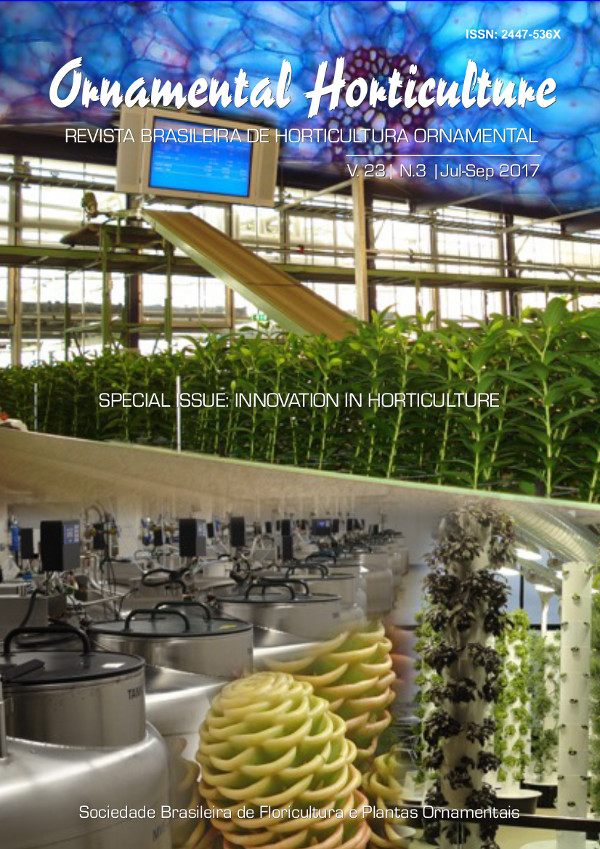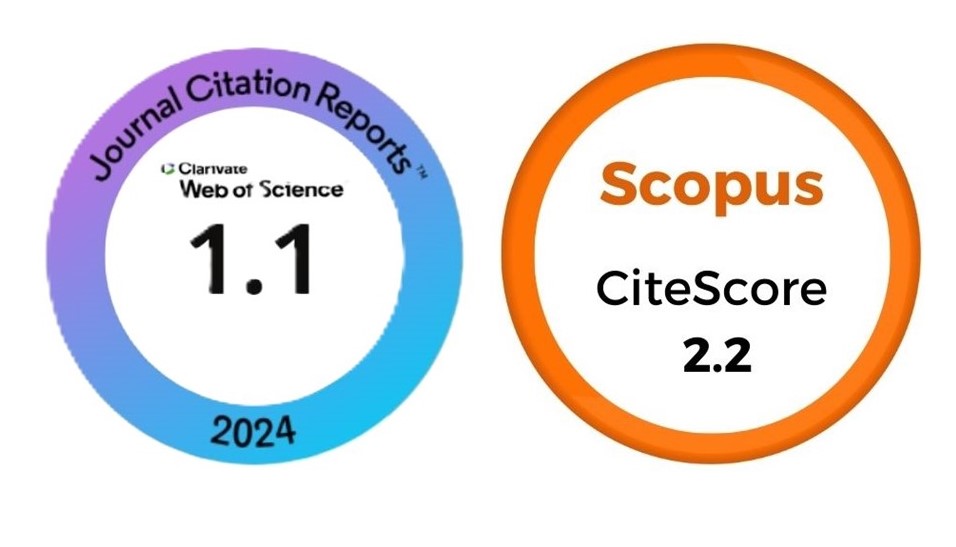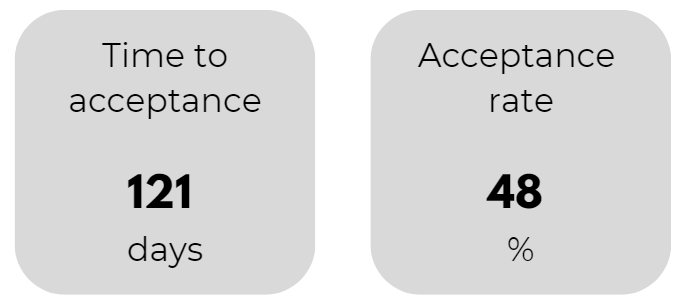A novel source of cytoplasmic male sterility in Calibrachoa pubescens
DOI:
https://doi.org/10.14295/oh.v23i3.1061Keywords:
Calibrachoa pubescens, cytoplasmic male sterility, fertility restoration, ornamental breeding.Abstract
Calibrachoa pubescens is a species native from the south of Brazil, Uruguay and northeast Argentina. An accession identified as 7.3.1.1 was collected at San Martín Department in Corrientes Province, Argentina and is included in the calibrachoa breeding program at the Institute of Floriculture, INTA. This accession is male sterile and produces male-sterile progeny, characterized by the lack of pollen production. Male sterility may be controlled by nuclear or cytoplasmic genes with each type presenting a different mode of inheritance. The objective of this research was to present a novel source of cytoplasmic male sterility in Calibrachoa pubescens. Crosses were made in the greenhouse between the male-sterile line 7.3.1.1 as the female parent and seven male-fertile lines of diverse origin. F1s were backcrossed and self-pollinated. Individual plants of the progenies were classified as male-fertile or male-sterile according to pollen viability. Analyses of observed segregations showed that male sterility observed in 7.3.1.1 results from the interaction of a male sterile cytoplasm and nuclear restorer genes. A novel male sterile cytoplasm is now available for breeders. Main advantages of cytoplasmic male sterility in ornamentals breeding are: efficient hybrid production, increased flower longevity, avoidance of pollen allergens and control of plant invasiveness.Downloads
Download data is not yet available.
Downloads
Published
2017-10-02
Issue
Section
Call for papers: "Innovation in Horticulture"








